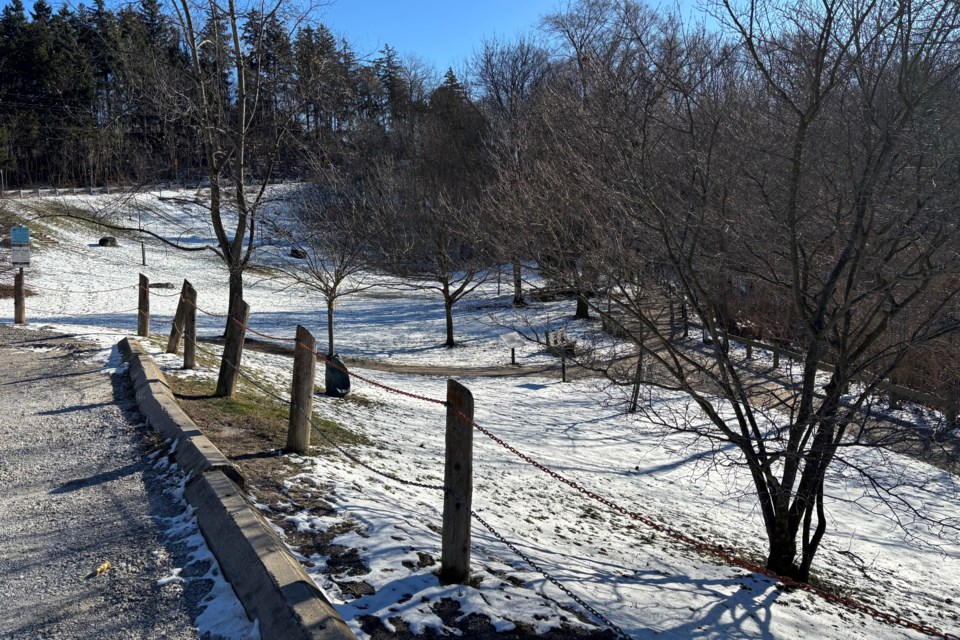Waterdown's Mill Street winds down a hill from Griffin Street, through a valley and up the hill to Mountain Brow Road. The hollow was once filled with smoke produced by the wood-burning fires and steam engines that powered the many mills in that area – hence the name Smokey Hollow.
The village was built around the mills along Grindstone Creek but the construction of the railway line during 1911-1912 brought an end to the industrial period. The creek was redirected and the railway was partially built along the creek bed, dams were dismantled and raceways removed. The large flour mill in Smokey Hollow had burned down in 1910 and the other small mills were abandoned.
However, one structure – visible in the earliest photos of Smokey Hollow – remained and was a private home until the 1980s.
Alexander Robertson had purchased the large flour mill from Sir William Pearce Howland in 1895 and built a house about the same time. After the mill burned in 1910, it was not rebuilt and the house was sold to Alfred Palmer in 1914.
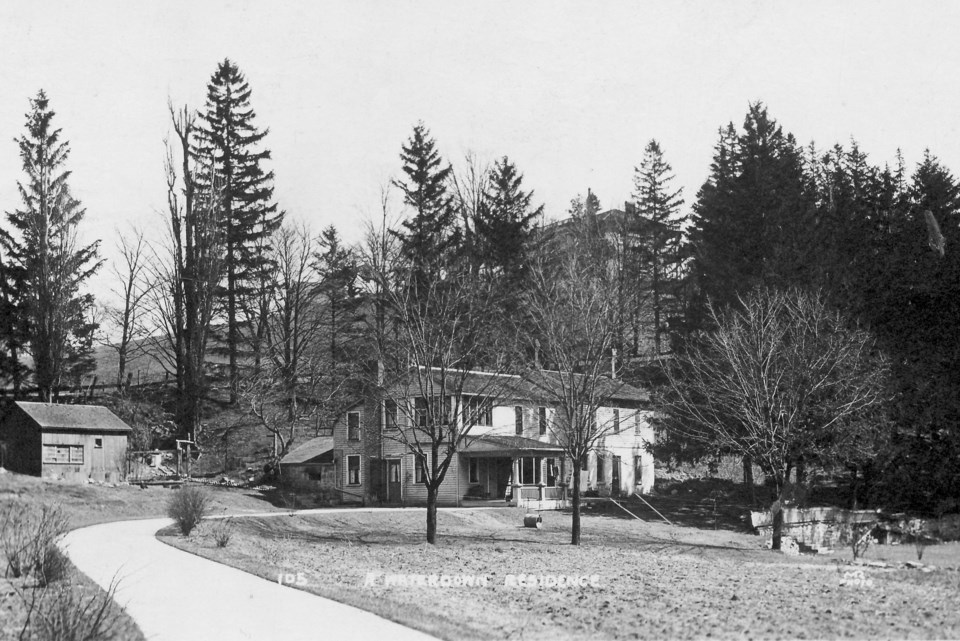
The falls on the property, which had helped power so many mills, was locally known as Palmers Falls, but has also been referred to as The Great Falls, Grindstone Creek Falls, Smokey Hollow Falls, and Barnes Falls.
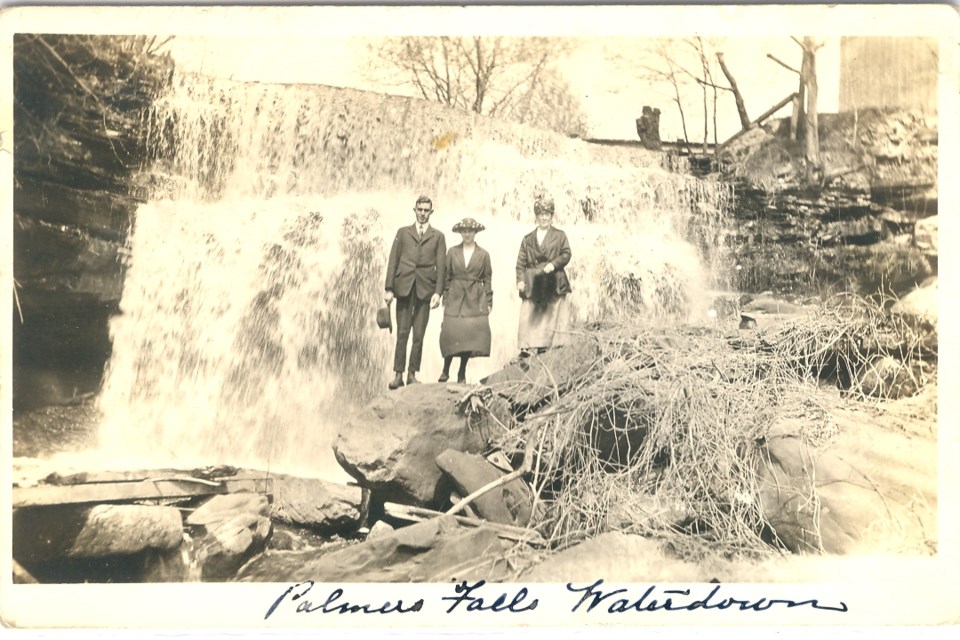
Property records are sketchy, and it isn’t known for certain when Mr. Palmer sold the house to Rolph Barnes, but sometime around 1930 it changed hands. Named
‘Barnesdale’ after the home in East Hamilton of the grandfather of W. Rolph Barnes, the hollow gradually changed from several abandoned structures to a beautifully landscaped showpiece. The grounds featured statuary, fountains, and many gardens. For a short time there was even a small mini-golf course on the property called Falls Garden Golf Course.
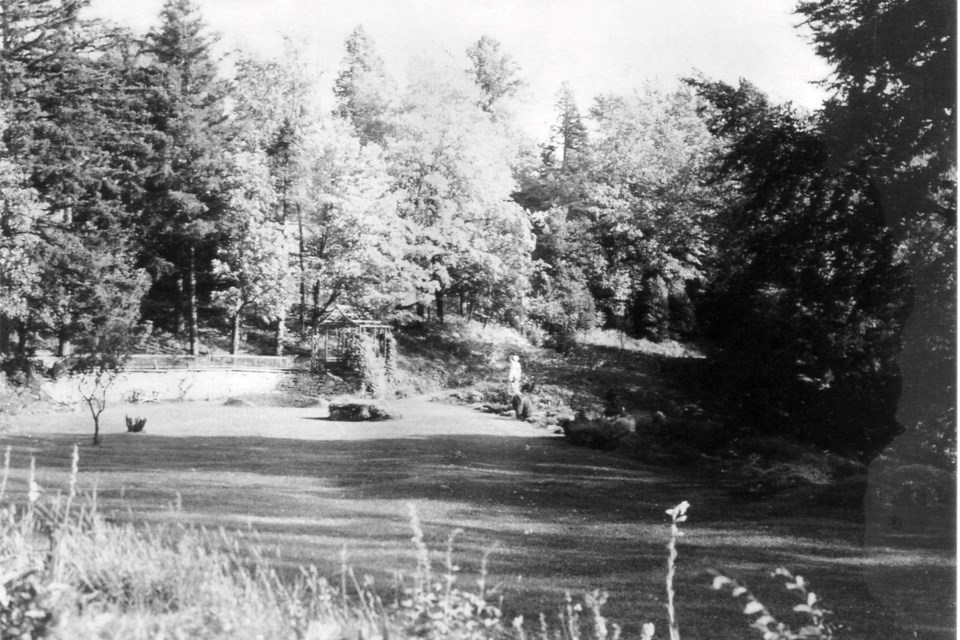
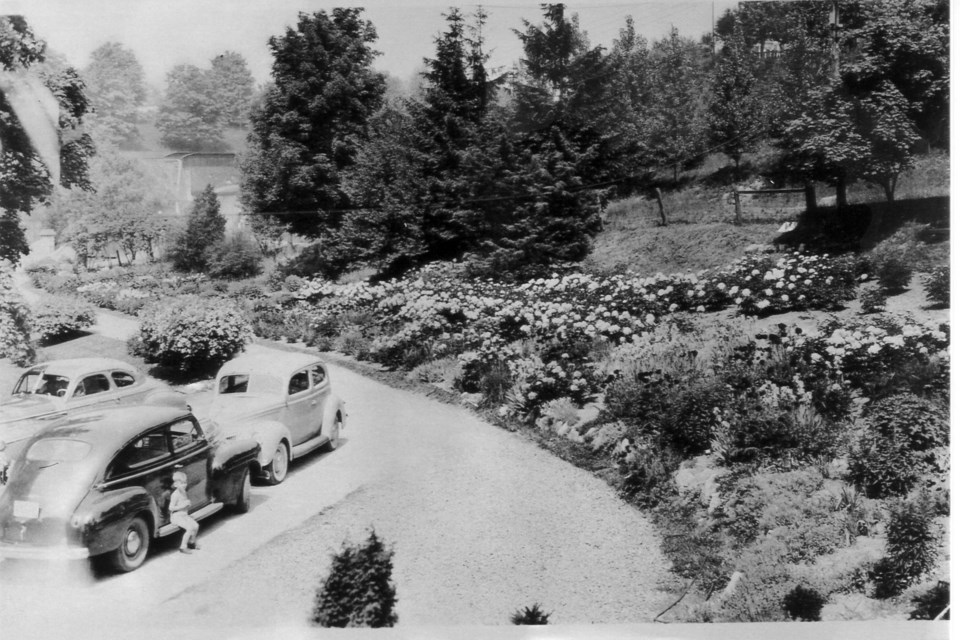
The Barnes family lived in the house from 1930 to 1965. The next owners demolished the house and built a new one which was unfortunately destroyed by fire in 1968. Another house was built several years later, closer to the creek but it had a tendency to slide downhill and was eventually demolished.
The hollow became silent – gradually becoming overgrown, a dumping ground, and forgotten.
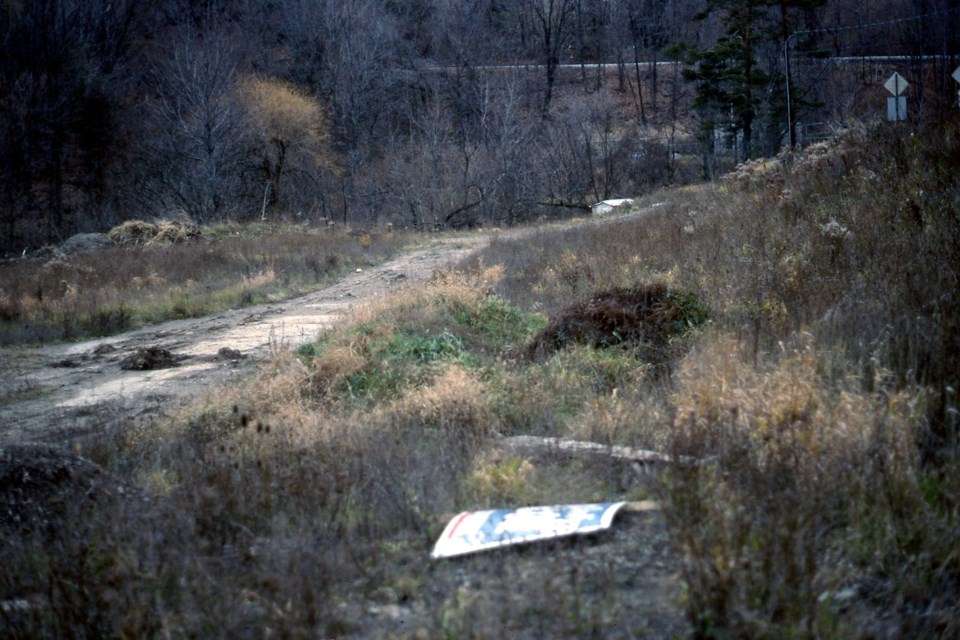
In 1989 the Save Smokey Hollow Committee began a five-year project to restore the natural and scenic qualities and to ensure that its historical importance was understood by future generations.
The complicated task involved the Town of Flamborough, the Town of Burlington, the Local Architectural Conservation Authority, Ontario Heritage Foundation, CP Rail, the Niagara Escarpment Commission and the Halton Region Conservation Authority. The hollow was graded and redefined, trees were planted, a parking lot created and an observation platform built. The project needed thousands of volunteer hours and fund raising dollars, and was officially opened on Sept. 10,
1994.
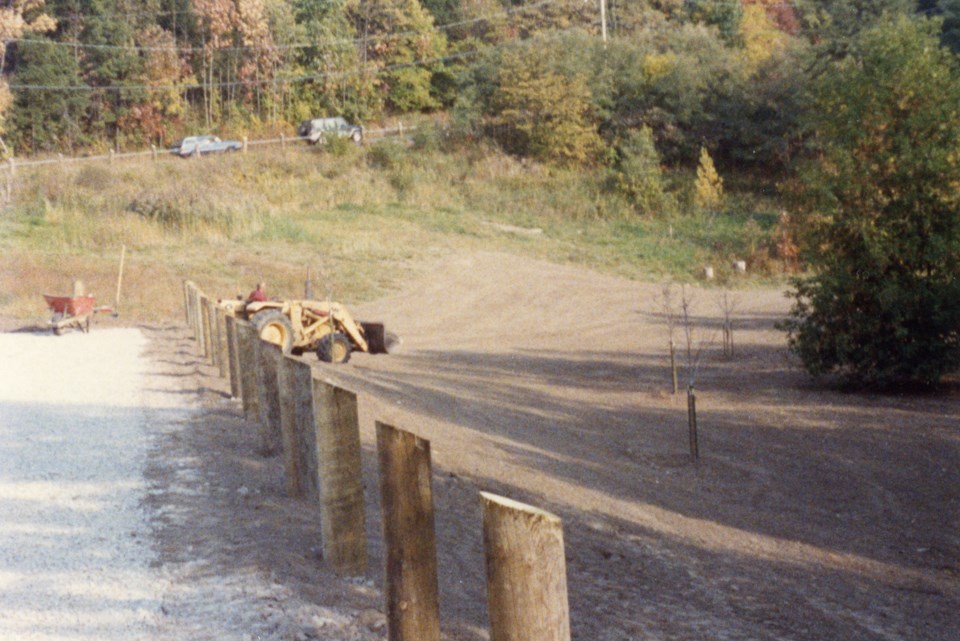
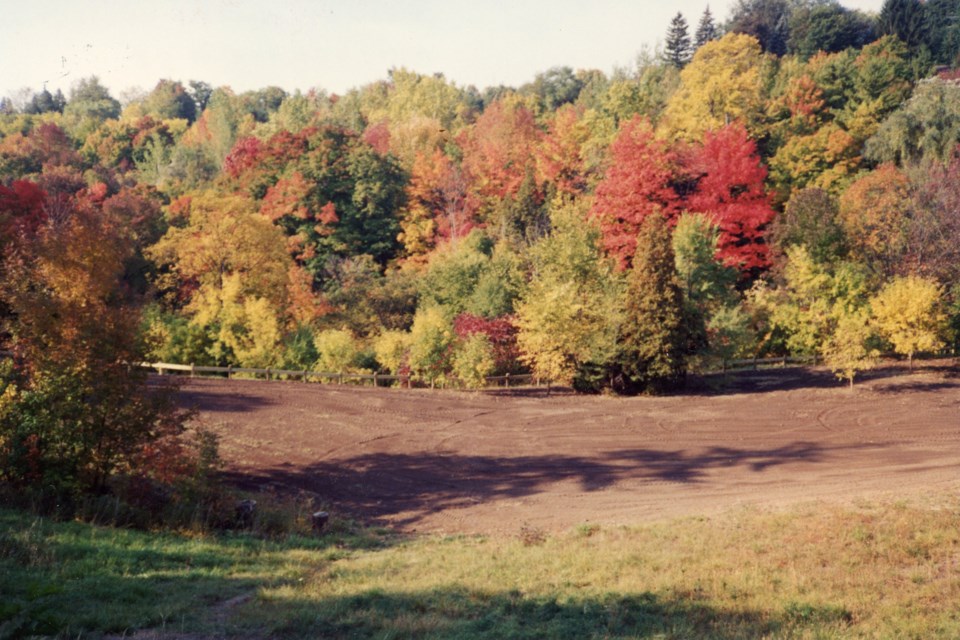
Over the past 125 years, this area has changed from a busy industrial hollow to a popular park, with the waterfall and access to the Bruce Trail being strong drawing points to the area. It was largely a hidden gem until COVID. With many people needing to get outdoors it was ‘discovered’ and the resulting crowds and parking issues have been a source of frustration for nearby neighbourhoods. However, we owe an immense debt to
those forward thinking members of the committee who "Saved Smokey Hollow".
